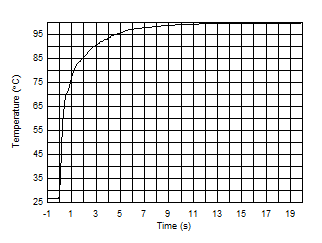SBOS397H August 2007 – December 2018 TMP102
PRODUCTION DATA.
- 1 Features
- 2 Applications
- 3 Description
- 4 Revision History
- 5 Pin Configuration and Functions
- 6 Specifications
-
7 Detailed Description
- 7.1 Overview
- 7.2 Functional Block Diagram
- 7.3 Feature Description
- 7.4 Device Functional Modes
- 7.5
Programming
- 7.5.1 Pointer Register
- 7.5.2 Temperature Register
- 7.5.3
Configuration Register
- Table 10. Byte 1 of Configuration and Power-Up or Reset Format
- Table 11. Byte 2 of Configuration and Power-Up or Reset Format
- 7.5.3.1 Shutdown Mode (SD)
- 7.5.3.2 Thermostat Mode (TM)
- 7.5.3.3 Polarity (POL)
- 7.5.3.4 Fault Queue (F1/F0)
- 7.5.3.5 Converter Resolution (R1/R0)
- 7.5.3.6 One-Shot (OS)
- 7.5.3.7 EM Bit
- 7.5.3.8 Alert (AL Bit)
- 7.5.3.9 Conversion Rate (CR)
- 7.5.4 High- and Low-Limit Registers
- 8 Application and Implementation
- 9 Power Supply Recommendations
- 10Layout
- 11Device and Documentation Support
- 12Mechanical, Packaging, and Orderable Information
Package Options
Mechanical Data (Package|Pins)
- DRL|6
Thermal pad, mechanical data (Package|Pins)
Orderable Information
8.2.3 Application Curve
Figure 16 shows the step response of the TMP102 device to a submersion in an oil bath of 100ºC from room temperature (27ºC). The time-constant, or the time for the output to reach 63% of the input step, is 0.8 s. The time-constant result depends on the printed circuit board (PCB) that the TMP102 device is mounted. For this test, the TMP102 device was soldered to a two-layer PCB that measured 0.375 inch × 0.437 inch.
space
 Figure 16. Temperature Step Response
Figure 16. Temperature Step Response